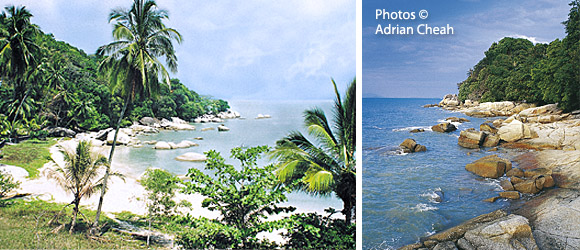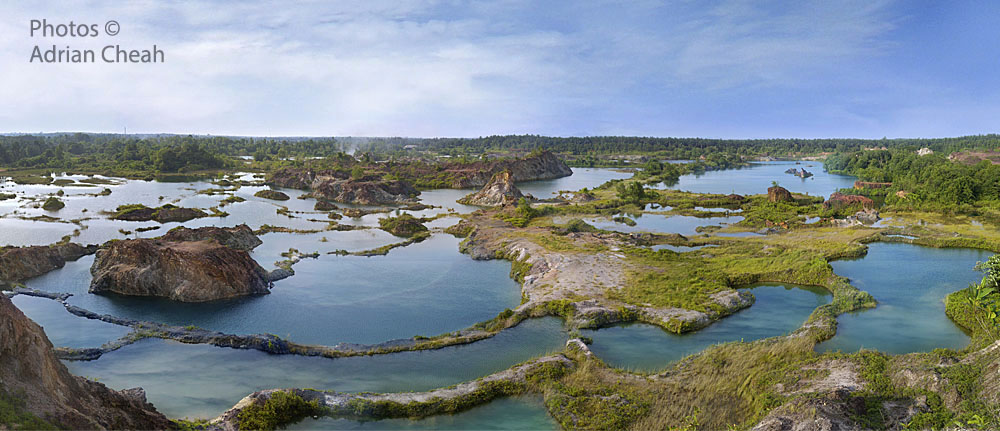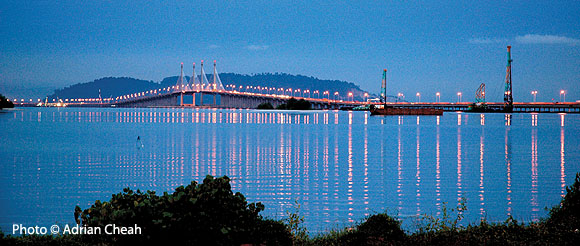Penang ferry service
The famous heritage ride across the Penang Channel

Probably the most cherished and well-known icon of Penang, this ferry service which carries motor vehicles and foot passengers became operational in 1925, linking Butterworth on the mainland to George Town on the island. Prior to that, the ferries in the form of large boats were meant for goods and people only.
Continue Reading
My Kebaya shirt – a journey where novelty meets sublime beauty

Having grown up in a Chinese Peranakan household, I have always been intrigued by the beauty of the kebaya. It is not just about how the entire ensemble – when matched with a traditional floral sarong is wearable art, one that gives a veritable statement on the opulent cultural heritage of the Nyonyas.
Continue Reading
The elegant Nyonya kebaya – wearable art that knows no seasons
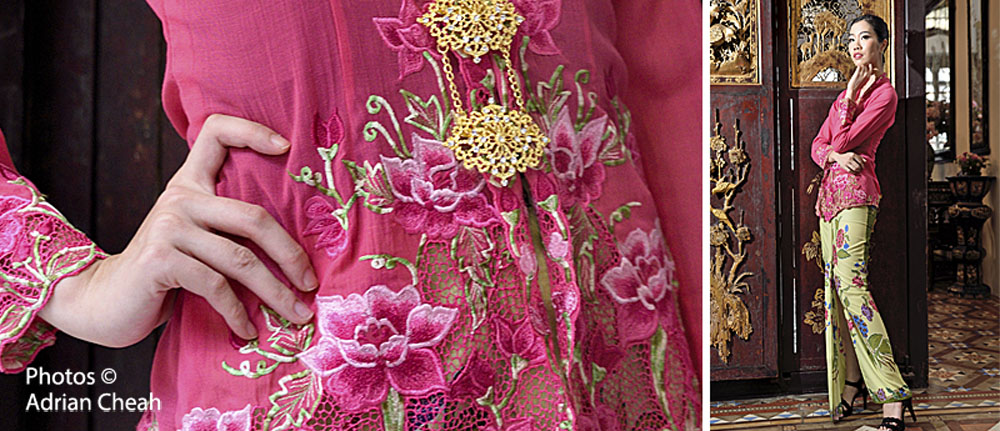
"When in Rome, do as the Romans do" is an oft-quoted maxim about the importance of adapting oneself. Whether or not this bit of wisdom was known to the early Chinese immigrants to Malaysia, some of them eventually married the local folk and adopted Malay customs while remaining quintessentially Chinese in belief and philosophy. The result of this union was the Chinese Peranakan (more commonly known as Babas and Nyonyas), a unique cultural hybrid with a cosmopolitan persona that flourished for centuries throughout Malaysia.
Continue Reading
The story behind the universal stripes of the Buddhist flag
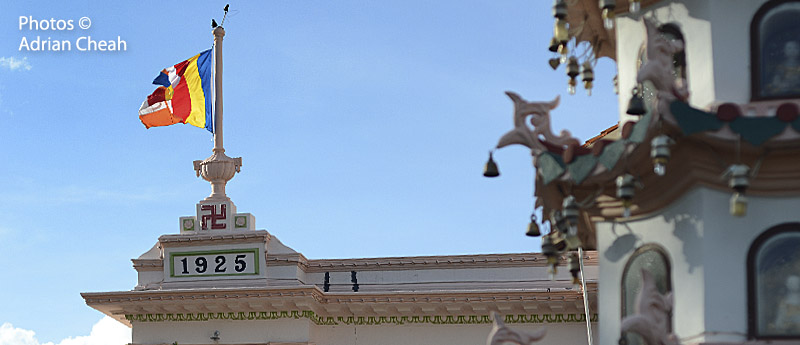
The Buddhist flag is a common sight in Buddhist communities today, often seen hanging from temple ceilings or columns indoors, or flying high from flagpoles.
Continue Reading
Bedak sejuk, a trusted beauty secret of our grandmothers

At dusk, when women with white sceptre-like masks ventured out of their homes to purchase a snack or visit neighbours, children would gawk while adults would shrug their shoulders in indifference.
Continue Reading
The upside-down tree – Penang's very own Baobab

According to African legend, the Baobab wanted to become the most beautiful tree of all. When it realised that this was not possible, it put its head into the ground, so only the roots pointed heavenward. Another legend holds that when the Baobab was planted by God, it kept walking, so God pulled it up and replanted it upside down to stop it from moving.
Continue Reading
The legend of the ferocious beast called Nian
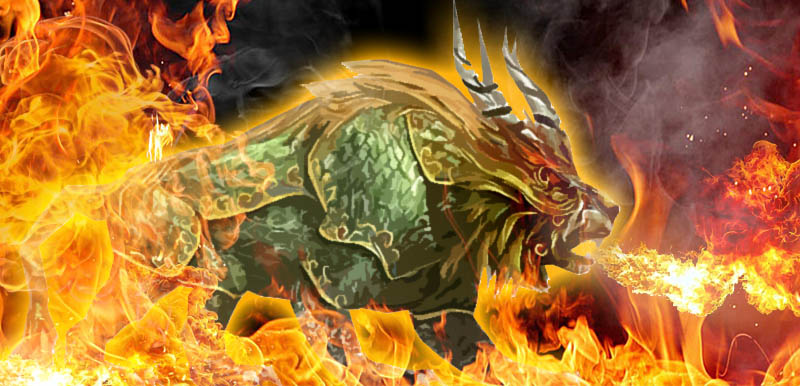
"Nian"' in Mandarin means "year". However, legend has it that Nian was not merely a symbolic representation of the passing year; rather, it was a mythical monster that instilled fear among humans during the New Year. This formidable creature posed such a grave threat that it loomed over the prospect of annihilating the entire human race.
At a loss about what to do, the Emperor sought the counsel of his advisors to devise a strategy for averting this impending calamity. Having devised an infallible plan, the advisors approached Nian and challenged this all-powerful beast to prove of its invincible strength by destroying all other monsters on earth rather than to erase the humans who were obviously no match for it.
Continue Reading
Ang Pow, a packet of good tidings

A monetary gift, straightforward and convenient, garners universal appreciation. The Chinese community worldwide traditionally exchanges red envelopes, known as ang pows, containing money as a gesture of goodwill during significant events like Chinese New Year, birthdays, and weddings. Although this humble offering dates back thousands of years, this modest tradition is still prevalent to this very day.
Continue Reading
History of Little India

This meticulously regimented network was among the earliest parts of George Town planned under the administration of Sir Francis Light, the English founder of Penang. The area is hence now referred to as the "Francis Light Grid" – a rectangular network bordered by Leith Street, Beach Street, Chulia Street and Pitt Street (now Jalan Masjid Kapitan Keling).
Continue Reading
The Sari: Queen of garments

The amazingly versatile sari (or saree) transcends mere fabric – it embodies the rich heritage of traditional South Asia women (and a few men) in countries such as India, Pakistan, Bangladesh, Sri Lanka and Nepal. It is also a garment that covers all, yet is revealing, enchanting yet unassuming, serene yet sensuous. The sari, with its six yards or more of artistry, is a masterpiece of contradictions, seamlessly transitioning from workwear to leisure attire to a symbol of opulence, all within its elegant drapes.
Continue Reading



